Embark on a journey down memory lane back to the 1960s, where the world was bustling with change and innovation. In this nostalgic voyage, we’ll delve into the everyday items that shaped the lives of people in this transformative decade.
Through a series of photographs, we’ll explore how the cost of goods and services from the 1960s compares to their contemporary counterparts, offering a unique perspective on inflation, consumer trends, and the evolving economic landscape. Join us as we uncover the hidden stories behind these price flashbacks and gain a deeper understanding of how the past influences our present-day experiences.
1. Fast Food Hamburgers
In the 1960s, enjoying a drive-through burger for just $0.20 was not uncommon, thanks to relatively low inflation rates and lower production costs. Yahoo notes that for just $1 you could feed a family of five. When adjusted for inflation, that $0.20 in 1960 would be equivalent to roughly $2.12 today. Today’s economic landscape has made such bargain prices a thing of the past. Now a fast food hamburger costs at least 3 times as much, highlighting the significant impact of inflation on consumer purchasing power over the decades.
2. Rolls of Swanee Toilet Paper
Back in the ‘60s, a roll of toilet paper would set you back around $0.13, a seemingly trivial expense reflective of lower production costs. Yahoo points out that an 8-roll pack would cost just $1. Adjusted for inflation, that $0.13 translates to approximately $1.38 in today’s dollars. Today the average cost of a roll of toilet paper has soared to at least $4, underscoring the profound shifts in consumer pricing dynamics over the decades.
3. 3 Gallons of Gas
One of the most surprising price flashbacks is the cost of gas. Back in 1960, a gallon averaged around $0.33, compared to over ten times that today. Adjusted for inflation, that $0.33 in 1960 equates to approximately $3.50 in today’s currency. Yahoo notes that it was not uncommon to give the attendant a dollar to get three gallons. Remarkably, despite market swings, shifts in global production, and supply dynamics, the cost of gas has managed to stay relatively close to the inflation rate of the US dollar, reflecting the intricate balance between economic forces and consumer demand.
4. A&W
Restaurant prices, particularly at fast casual establishments like A&W, have witnessed a significant evolution since the ‘60s. Looking at their menus from back then, A&W root beer cost $0.10 for a small, $0.15 for a large, and $0.25 for a float. Adjusted for inflation, that’s about $1.06, $1.59 and $2.65 today respectively.
Unfortunately, today’s A&W menu reflects a substantial increase of at least $1 more for each drink, highlighting the considerable impact of inflation and changing consumer preferences over the decades.
5. Polaroid Cameras
Polaroid cameras are often one of the first items that comes to my mind when I picture the 1960s. With their catchy ads and almost instant pictures, it felt like everyone had one. According to Pexels, purchasing a Polaroid camera in 1960 cost $69.95, which seems like a reasonable investment when looking back today. However, when adjusted for inflation, that would equate to nearly $750 in today’s dollars, making it one of the most expensive price flashbacks.
Adding on the recurring cost of film and you remember that pictures were no cheap undertaking. This really goes to show that the camera on your phone is a more appealing option today—offering higher quality, versatility, and affordability compared to its vintage counterpart. As technology advances, the value proposition of modern devices continues to surpass that of their predecessors, reshaping the landscape of photography and consumer preferences.
6. VW Bus
One of the most iconic cars of the era, the Volkswagen Transporter (AKA the VW Bus) truly was ubiquitous. According to Outside Online, the original Microbus may have retailed for around $2,665, which equals $27,487 in today’s dollars.
This price flashback highlights what a good deal today’s cars are. They cost about the same amount as the Microbus did when adjusted for inflation, and have many more features, such as increased fuel efficiency, passenger comforts, and tech like backup cameras. With gas also staying fairly close to inflation, as Yahoo points out, the cost of owning a car really hasn’t changed much over the years.
7. Phone Calls
Now that we live in the age of unlimited calling, it’s easy to forget about the stress that came with making calls in the 1960s. In 1968, it cost $1.70 to make a three-minute coast-to-coast phone call. Today that would be about $18 or $6 per minute. Since then, prices for long-distance calls have gotten so low that the Federal Communications Commission stopped tracking the price in 2006!
The Conversation also points out that until the 1980s, most people paid to rent their phones. Between high long-distance calling prices and rental fees, it cost much more to talk to loved ones on the phone back then.
8. Computers
Computers today are by no means cheap, but what if I told you about one that cost $70,000? Well, that’s what Applied Dynamics sold their analog computer for in 1961 according to The Museum of Victoria. The one pictured above was sold to Melbourne University and was used from 1961 until 1986. What’s really scary is that that $70,000 isn’t in today’s dollars.
Adjusted for inflation, this computer would cost $741,000 today. Plus it would probably crush your lap! It’s interesting to see just how cheap computers have gotten through price flashbacks. Computers are both more powerful and cheaper today, making them a win-win for consumers.
Inflation at Work
Comparing the costs of goods from the 1960s and their equivalent prices today offers a very interesting glimpse into the intricate dynamics of inflation and economic evolution. While some prices have skyrocketed, others have remained surprisingly consistent or even fallen when adjusted for inflation. Factors such as advancements in technology, changes in global production and shipping, and shifts in consumer demand all contribute to the fluctuations we observe. Ultimately, these price flashbacks underscore the complex interplay of variables shaping our modern economy across decades and generations.
Read More
11 Outdated Skills That Were Once Cutting-Edge
14 Things Affluent Baby Boomers Know About Inflation That You Don’t
Vicky Monroe is a freelance personal finance and lifestyle writer. When she’s not busy writing about her favorite money saving hacks or tinkering with her budget spreadsheets, she likes to travel, garden, and cook healthy vegetarian meals.
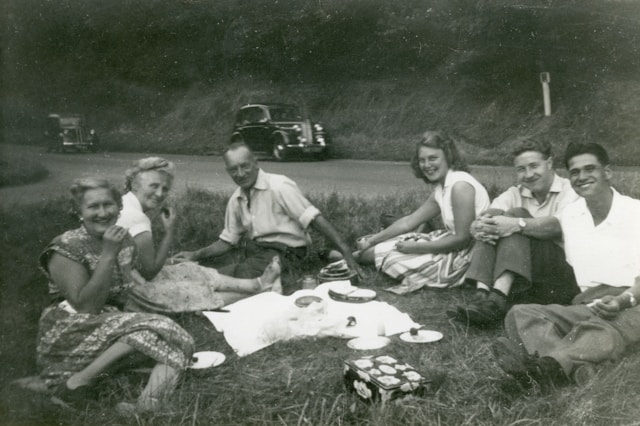
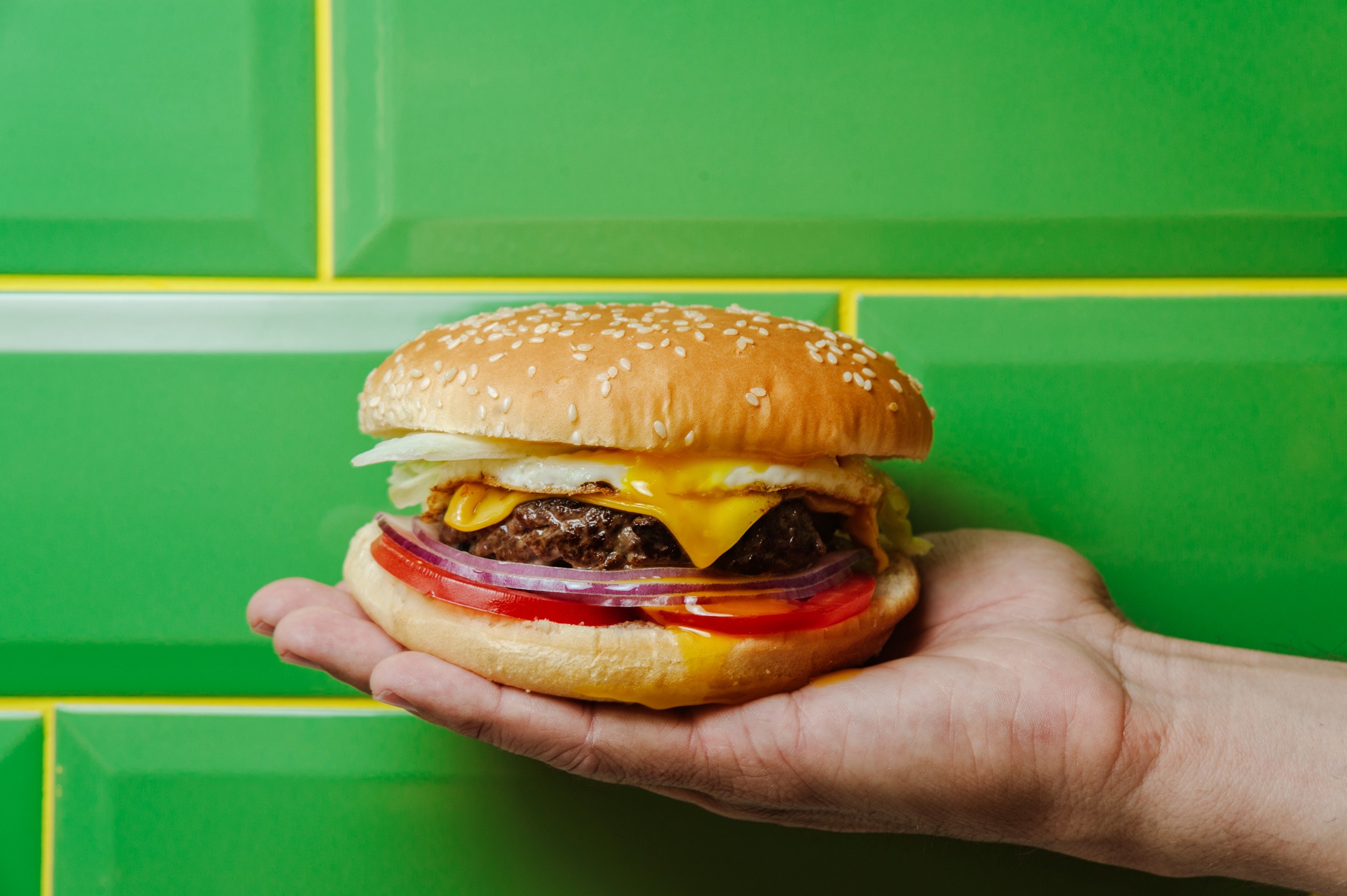
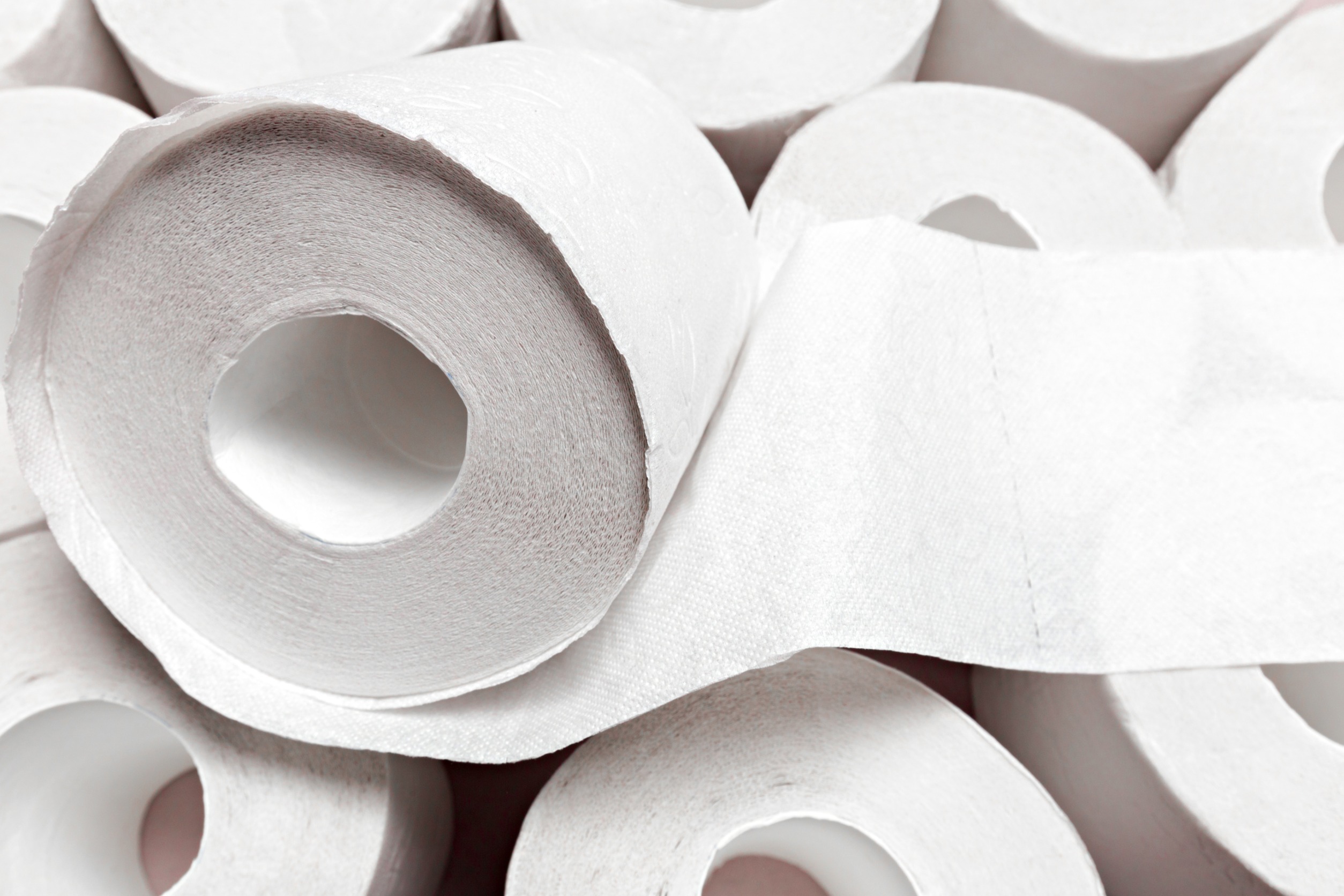

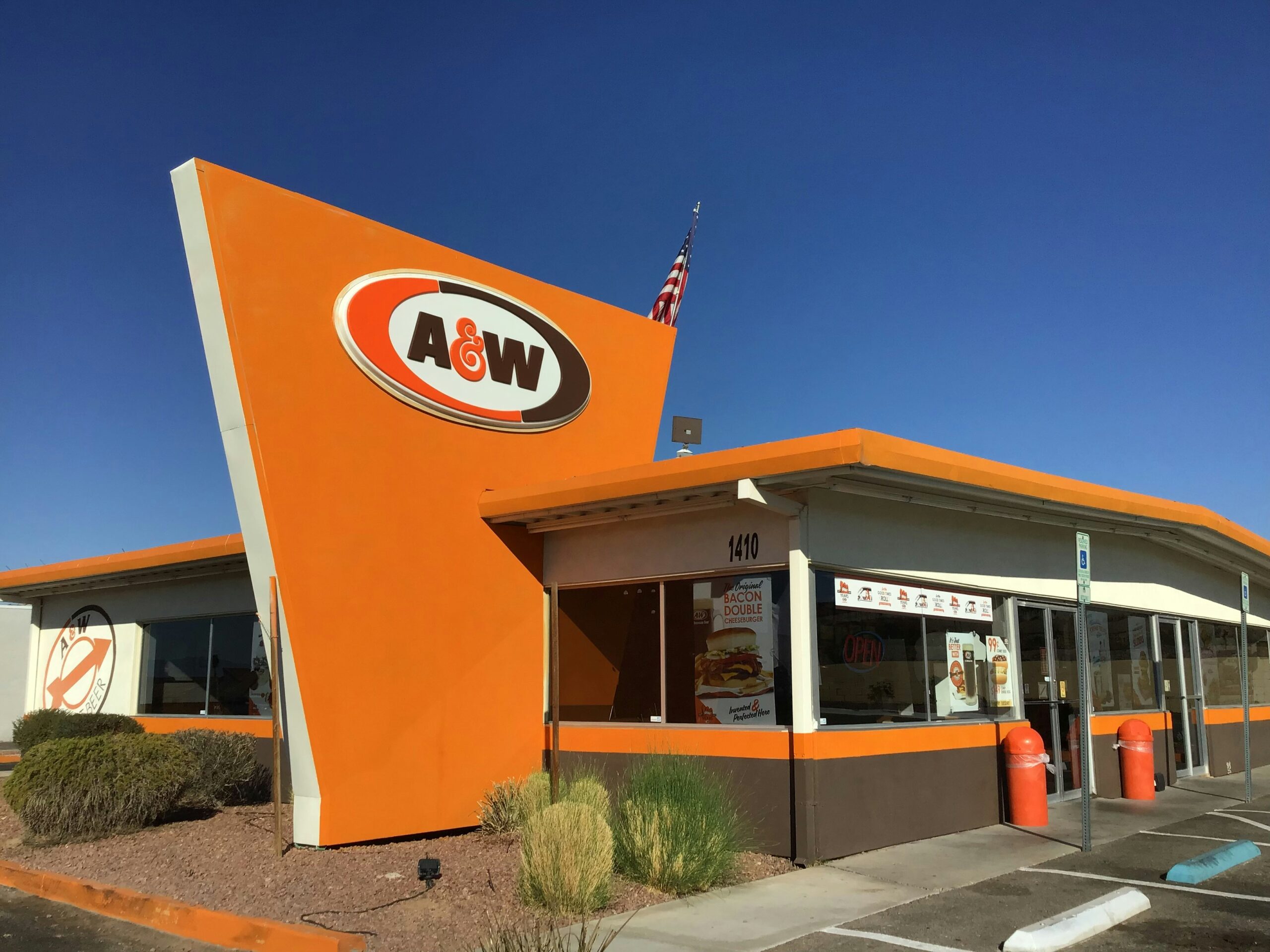
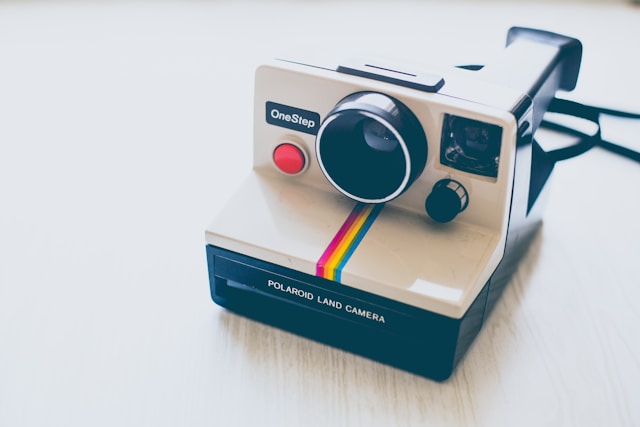
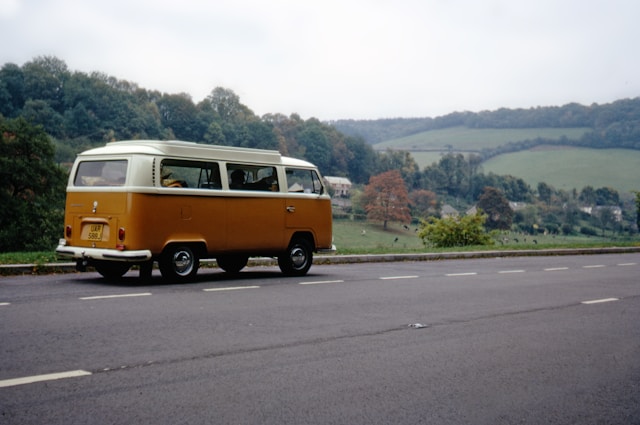

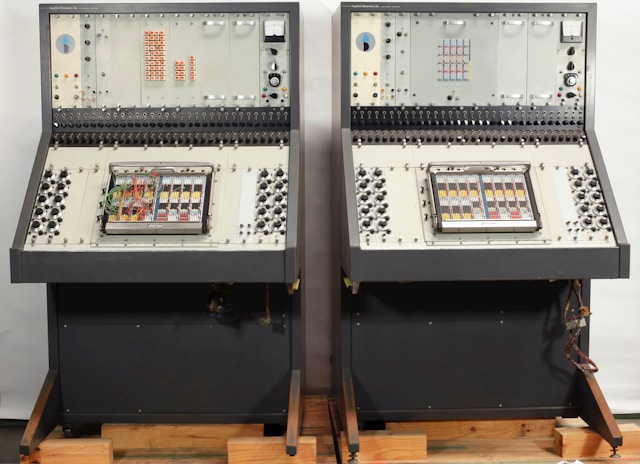
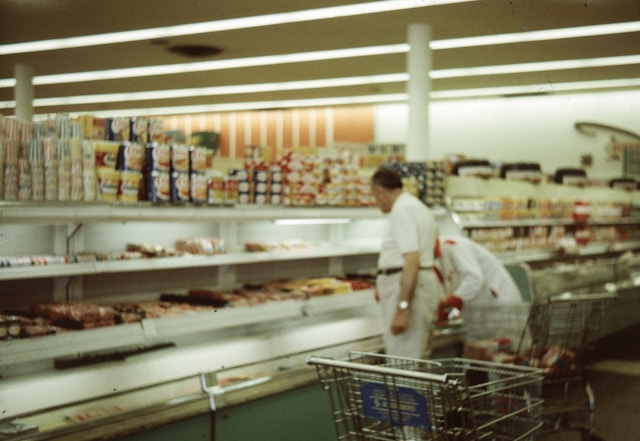
Comments